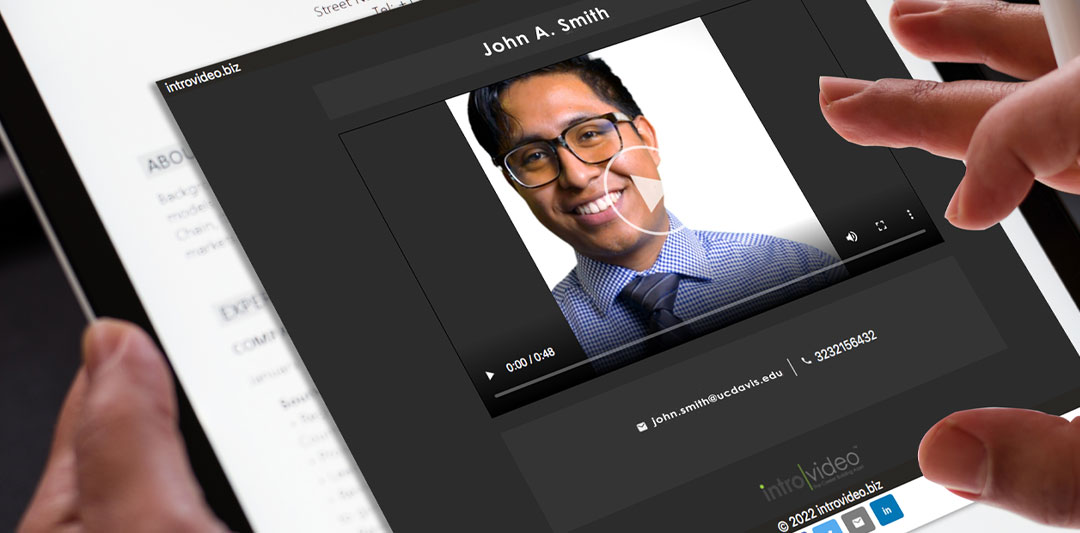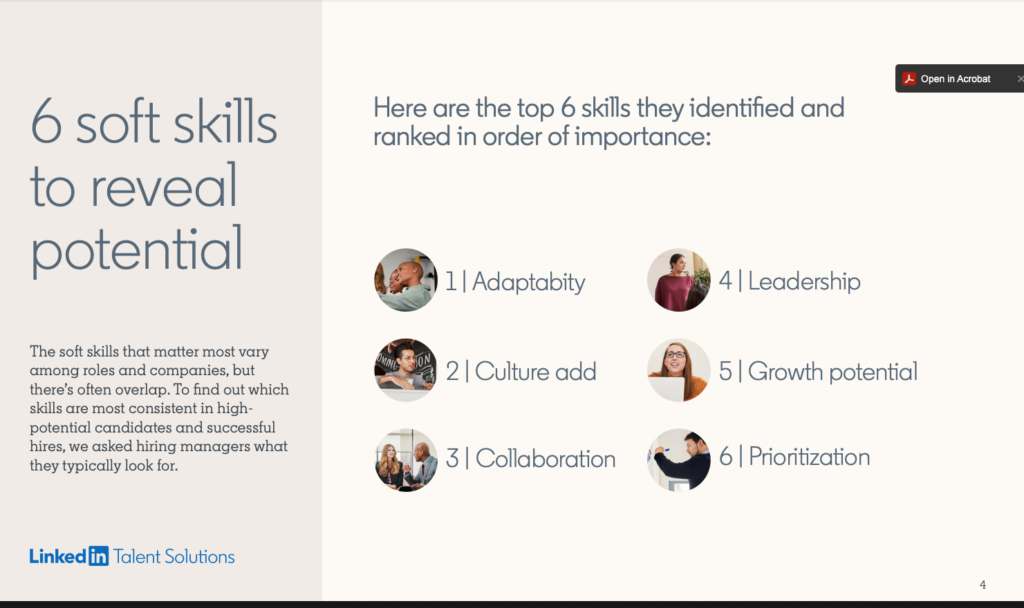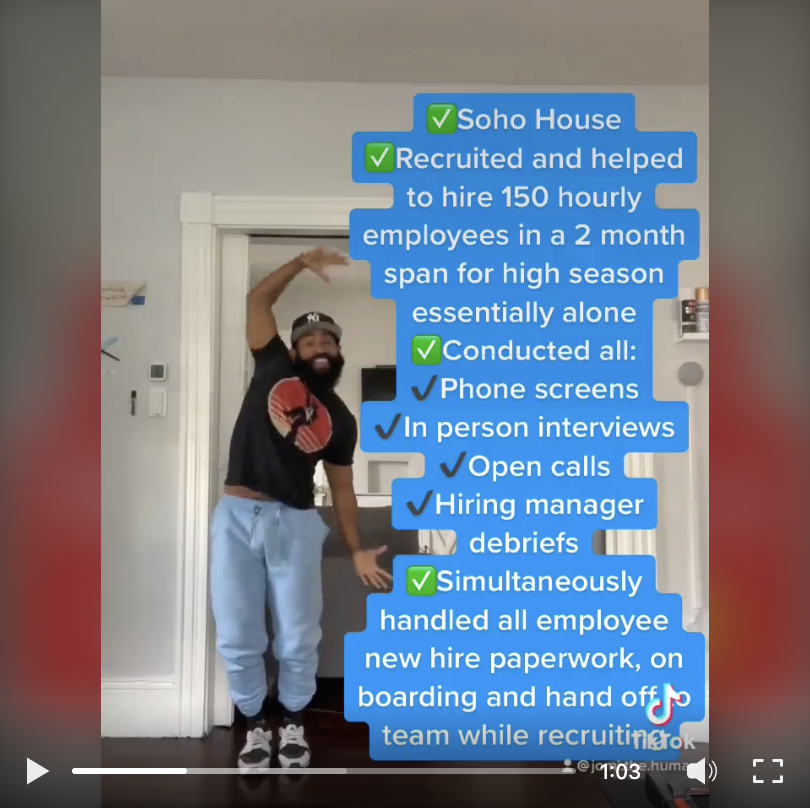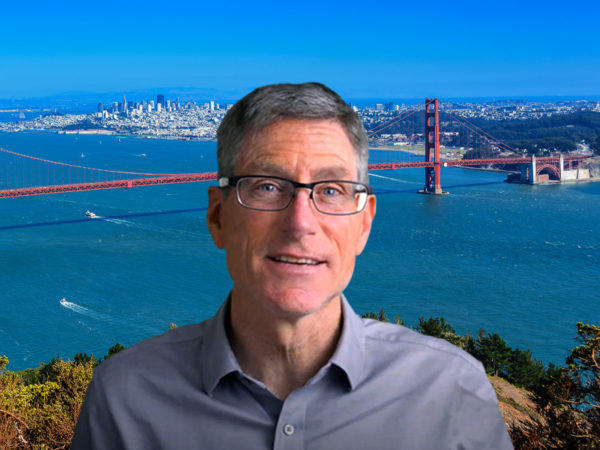Video Resume vs Branding Video, Here’s the Difference.

A Video Resume vs Branding Video - What is the Difference?
Video Resume vs Branding Video, there are key differences. It’s best to know what they are to use each effectively.
For many of us, it’s tough being in front of the camera. We have accepted that we need to be there, but not really comfortable. These days, for the job candidate, it’s imperative to have some form of video presence. There are many uses of video in the job search context, video posts, job interviews, business Zoom calls along with the ‘video resume’ and branding video.
And for the last two, knowing the difference and how to use them can make an important impact. In the article How a Branding Video helps Job Seekers Succeed, I explain the impact a branding video can make.
In response to the questions we receive at IntroVideo, we wanted to give our perspective on the use of video for the job candidate. Branding videos and video resumes and job application videos are the main uses for a recorded video. Live or recorded video interviews or recorded video posts are not covered here.
A Branding Video Is A Forward Looking Career Marketing Asset. A Resume Tells Your Career History.
Branding Video:
The purpose of a branding video is to create a great first impression and connection with a potential employer or recruiter. Used proactively on a LinkedIn or other profile, these videos get a lot of views by people both directly in the candidate’s field, but also people who may be from outside the field, potentially looking for a candidate with certain universal values and skills. The branding video is used to communicate the core skills of a candidate and create a more well-rounded view and deliver the information more likely conveyed in the interview. It’s the candidate’s chance to control the narrative and discuss who they are, what they do, and importantly, the value they bring to an organization.
A Branding Video Has Several Unique Key Components:
- A branding video focuses on core ‘soft skills’ ie your transferrable skills useful for any position.
- A branding video is job independent. ie it is not tailored for a specific advertised position. It’s used for networking and marketing.
- A branding video tells a story about who you are, what you do and the value you bring. It is forward focused.
- A branding video isn’t a substitute for a text resume, but rather enhances a text resume.
- Animated vs on-camera branding videos.
- A branding video can be used in multiple places to help increase exposure.
- No Dancing is allowed.
Examples of Branding Videos In Context On A Branding Page.
Core Soft Skills
Core Soft Skills AKA – key business skills. Soft skills such as Adaptability, Leadership, Cultural Add plus Decision Making, Communication skills and motivation play an important part in the employment decision for some organizations. Other branding videos focus on a professional and the services they provide and the impact on their customers, and possibly a call to action. These soft skills are developed over time and impact multiple tasks with in a position, or have had impact in past positions regardless of what that position was.

Job Independent
Job Independent – A traditional resume may be customized to each listed position, but a branding video is more universal in its application – it is focused on you. For example, a listed medical sales position may require, knowledge in specific neurophysiology drugs, your experience in this would be listed perhaps as a bullet point in a text resume along with your prior title, the % of increased sales you achieved or the # of years selling these products. However, for a branding resume, it is your personal communication skills, your sales skills and prior experience that is important to cover. This is the appropriate level of detail because it potentially opens you up to a higher paying management position, or alternative job. The idea is not to get so specific as to limit the potential possible positions that you qualify for. By focusing on the skills that would be applicable to a variety of similar positions rather than just one listed position, you show breadth.
Forward Looking
Forward Looking – A branding video is a career marketing asset. A resume tells your history. Even when you speak to your motivation, your past history, your leadership and other skills, you do so communicating the idea that these are skills that you have now and carry forward to help the employer solve their current and future problems. These qualities can be implied on a resume and distilled by a smart HR manager or employer, but it is a big ask. It is much better to proactively make clear to the employer, that these are the skills you possess.
Is This A Substitute For A Text Resume?
A text resume is terrible at really giving an insight to a candidate. But a text resume is ubiquitous, expected and required. A resume serves the function of communicating your past experience and accomplishments, and the associated hard skills and technical details. For that purpose, it works well. However, people hire people, not resumes. If resumes were the only data point that counted, there wouldn’t be interviews.
Animated vs On-Camera?
There are several companies that offer cartoon animated branding videos. Whereas these may appeal to ‘introverts’ or those feeling shy about being on camera, these benefits have to be weighed against the lessening of the impact of the video. One of the core strengths of an on-camera branding video is that it creates an instant connection and great first impression with the employer or viewer. This empowering aspect can not be minimized. A job candidate’s voice and presentation can be a tremendous asset and be incredibly valuable because it imparts authenticity. People hire people; they hire real people, and where a done-for-you animated video can have a high production value, it can be both expensive and lack the valuable humanity evident in on-camera branding videos.
Where Can A Branding Video Be Used?
Because a branding video is associated with you, not with a listed position, it can be used more widely than a ‘video resume.’ Using the video for career marketing and networking increases a candidates visibility and reach. If used in proactive in networking email, specific employers or potential contacts can get a quick understanding of who you are. If used on a LinkedIn, Handshake or other profile, the candidate is passively seen by a greater variety of potential employers who may never have a chance to be exposed to one another. And ideally, if the video is used as part of a signature on a cover letter, the candidate can get to tell their story directly to the hiring manager before other candidates get to be heard. That is a huge competitive advantage.
Example Email/Cover Letter Signature linked to a Branding Page
This is an example of a use case for a branding video as part of an email signature or cover letter signature. The ‘video’ is linked to a branding page where the video plays along with other information about the person. This makes for an effective use of the video for the job candidate or professional.
And No Dancing - Period.
At IntroVideo, we love dancing as much as the next company, but we don’t think it’s needed in a branding video or really wanted by an HR professional – unless of course it’s your profession. We suggest that keeping the branding video professional in nature – but not boring – can help show a potential employer what they would be paying for. And it’s probably not your dance moves.
Video Resumes or Job Application Videos:
Video Resumes or Job Application videos differ from branding videos in several ways.
- Video resumes are position specific and a job candidate may create one every time they apply.
- Video resumes often have lists of achievements, measurable results and hard skills that relate to the specific position.
- They need to be more than just reading the highlights of your resume. They can be extensive, complex and usually longer than a branding video.
- Video resumes are often improved by adding resume type text or graphics.
- Dancing is sometimes ‘OK’. (not)
Truth be told, the dancing ‘video resume’ got a number of view, and he got a number of positive comments. We really don’t think that this is the best use of video in the employment space. Video resumes in general aren’t bad, they just may be redundant in delivering the information already on a candidate’s text resume.
Indeed.com has an article about how to DIY a job application video, in which they suggest that a job candidate create one for each position that they apply for. This may be a little over-kill and time consuming, but necessary if required for the position. This type of video is also required to be uploaded at the time of the application making it for one-time-use and not ‘evergreen.’
Position Specific
As you can observe, some of the videos get very specific as to the position they are seeking. If the position a candidate is applying for request a video resume, then tailoring a new video to this specific position is needed. This may require a re-edit of existing footage or re-recording a new video several times.
Quantifiable Results and Hard Skills
Since a traditional text resume is a collection of work history and tangible results, some candidates feel it is necessary (either by reading or text graphics) to add this type of info into the video. Depending on the interest of the viewer, this may redundant or empowering and it is suggested to use this addition sparingly.
Resume Highlights
Its not advisable to treat a video resume as the on-camera reading of your text resume. Your text resume will be already ingested into the employer’s ATS or with them as they watch the video. The best ‘video resumes’ add to the information on a resume. They fill out the unwritten information and add history or context. As one example above, the viewer is entertained along with being educated about the candidate.
Text and Graphics
Sometimes ‘video resumes’ can benefit from extending text and graphic animation. However, this usually involves either extensive graphic creation or the use of a paid service or designer, and then editing the graphics into the video. This action has been made easier with DIY video editors and design templates, however the benefits need to be balanced with the time required.
Adding graphics, animation or images, if they don’t really add value to the story that you want to tell, is a distraction. If the execution is not done well, it detracts from the impression that the candidate wants to impart.
Similar to information on a text resume, if they add value for your audience, great, if not, leave them out.
Dancing?
Really, no. However, times and fads change, so what is considered ‘unprofessional’ today, may be required tomorrow.
Summary
As one can see, there are a variety of uses of video in the job space, for the job candidate. What is best is determined by the need. Whether it’s a branding video with evergreen information for marketing, or making separate job application videos or video resumes, the use of video for the job candidate is necessary and expected.
At IntroVideo.biz, we have an easy process that helps you craft a compelling branding narrative, deliver that message on-camera with a coached interview, and then is professionally edited and delivered on a customizable branding page and included in a signature for networking emails and cover letters. We make it super easy and guide you at every step to end up with a concise, effective branding video for your career search.
For additional resources for a job candidate, check our our resources page with tips and info regarding career branding, importance of ‘soft skills’, resume writing and the current job market.



